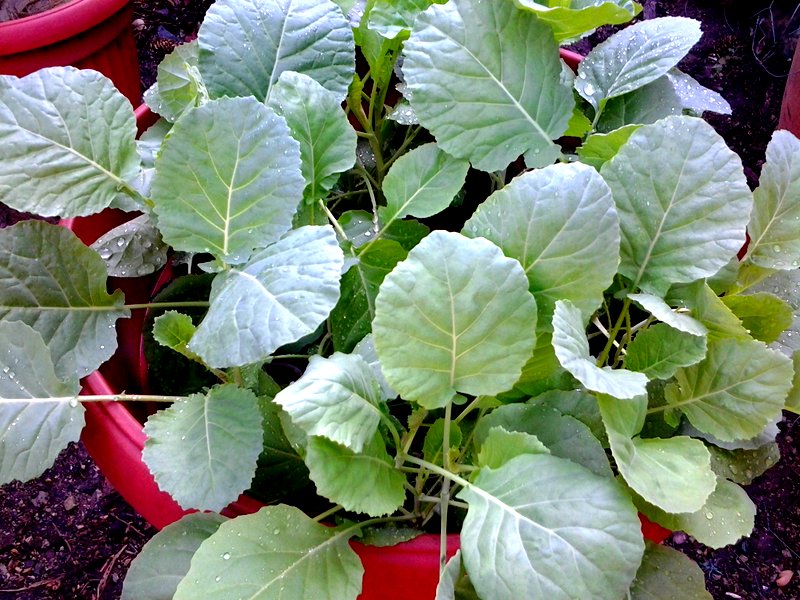A few weeks ago, I posted an article about organic gardening resources in Mexico. Since initially researching those products and websites, I’ve had the chance to delve–or dig, if you would–more deeply into the Las Cañadas Cooperative website in particular at http://www.bosquedeniebla.com.mx. I discovered veritable treasure trove of useful information for tropical gardens. I checked out their seed bank in more detail and made my wish list for next season’s seed purchases. I want to talk about them again because they provide products and services that are not easily found here in Mexico.
The cooperative offers seed collections as well as plants and tree starts–and even cement tanks and wooden seats for your ecological composting toilet! The seed catalog is in downloadable PDF format and gives the common and scientific names of the plants as well as sowing instructions, optimum growing conditions, and general climate specs. There is even a plant spacing chart and tropical sowing calendar for you.

This is the first time I’ve found a planting zone chart that has been adapted for Mexico’s climates and ecological zones. The chart on the Las Cañada website divides Mexico’s ecological zones very differently from the planting and climate zones used in the United States and Canada.
Zone 1 is classed as tropical humid: wetlands jungle; elevation 0 to 1,000 meters above sea level; annual mean temperature 20-26 C; annual mean precipitation 1,500-3,000 mm; no frost.
Zone 2 is classed as tropical sub-humid: low to medium elevation tropical dry forest, thorny jungle; elevation 0 to 1,500 meters above sea level; annual mean temperature 20-29 C; annual mean precipitation 600-1,200 mm; no frost.
Zone 3 is classed as temperate humid: mountain cloud forests; elevation 800-2,500 meters above sea level; annual mean temperature 12-23 C; annual mean precipitation 2,000 mm; light frosts from November through March.
Zone 4 is classed as temperate sub-humid: pine and oak forests; elevation 1,200-3,000 meters above sea level; annual mean temperature 10-20 C; annual mean precipitation 600-1,200 mm; frosts in winter.
Zone 5 is classed as dry: semi-desert pasture or grasslands; elevation 1,100-2,500 meters above sea level; annual mean temperature 12-20 C; annual mean precipitation 300-600 mm; frosts.
Zone 6 is classed as very dry: deserts and xeric shrublands; elevation 0-3,000 meters above sea level; annual mean temperatures 12-26 C; annual mean precipitation 100-400 mm; frosts variable.
Here in Zihuatanejo, I look for plants that are adapted to zones 1 and 2, although I’ve had surprises when growing things like kale, which favors cold and frosts to produce the heartiest and tenderest leaves–it does just fine here, even if it does grow a bit tougher and not quite as sweet as it would up north or in Mexican zones 3-5.
My list of new things to try from the La Cañada catalog is growing. I don’t know if I’ll have the space to try them all this year, but I’m planning on experimenting with a few of these edibles that are particularly adapted to our hot and humid weather:
- Lab Lab beans (zones 1,2,3): a flat bean with red seeds that can be eaten in the tender pod stage or dried
- Gandul bean (zones 1-2): an African bush bean that can live up to 12 years in our climate; both pods and beans are edible
- Ethiopian kale (zones 2-4): tolerates the heat better than other kales
- Lechuga tropical–tropical lettuce (zones 1-4): a lettuce that prefers a hot, humid climate!
- Pimiento choco: A South American elongated, red, sweet pepper that grows in zones 1-3
- New Zealand spinach (zones 1-4): will grow well in hot climes
